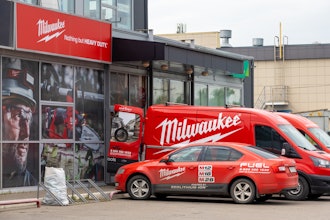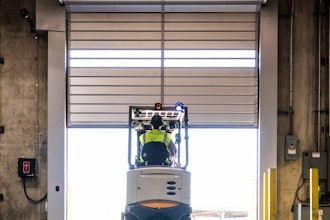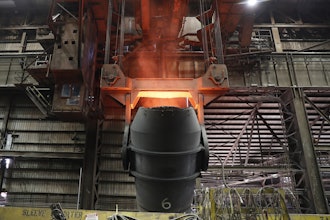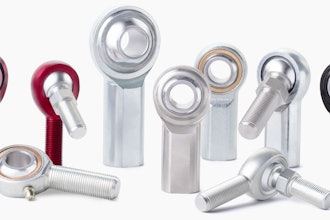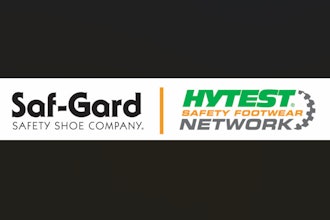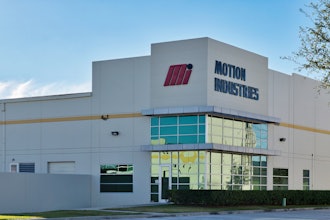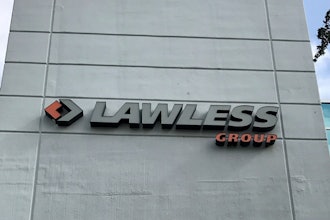
Part two of Industrial Distribution’s 2024 Survey of Distributor Operations examines industry hiring trends, best practices, and how distribution is providing value to the market. Read part one — covering revenue patterns, technology initiatives, and economic concerns — here, and find complete coverage in the May/June issue of Industrial Distribution magazine.
Best Practices
In a refrain that’s persisted throughout the past several years, manufacturers of industrial supplies have raised their prices of late — and most have done little to nothing to help their distributors address those hikes.
Still, a majority of distributors participating in this year’s survey said that their relationships with their suppliers have remained the same, and the number of respondents who said that those relationships had improved was greater than the number who said it got worse.
More than 90% of distributors in this year’s poll indicated that their suppliers had increased prices over the past year, a reflection of stubborn inflation that, although moderated from its post-pandemic levels, remains troublesome.
Distributors during that initial wave of inflation tended to pass those price increases onto customers, who were in desperate need of whatever products they could find in an era of tight supply chains — leading to spikes in their revenue numbers. As supply chain crunches have eased, however, customers appear less willing to pony up: many larger distributors have reported sluggish or even declines in sales to start the year.
Some suppliers, the 2024 survey found, are taking steps to help distributors mitigate price hikes, but a majority are not; 63% of respondents said manufacturers have offered “nothing” to help reduce costs. Of those that did provide options, cooperative advertising or marketing was the most popular; just over one-fifth of distributors pointed to that solution.
Other steps to curb costs from suppliers included introducing new products or decreasing or eliminating shipping fees, both identified by 16% of participating distributors. Less-popular options included extending terms or providing technical assistance – both at 13% – and either easing return policies or dropping fees for stocking at 2%. Some 7% of distributors said that their suppliers had, by contrast, lowered prices.
Despite price pressures increasingly squeezing distributors in the current environment, price – although important – wasn’t the leading factor those companies used when evaluating suppliers. The top consideration was quality, identified by more than 80% of respondents, followed closely by on-time delivery performance at nearly 73%. Price came in at no. 3 at 58%, with service and support at nearly 54%.
Supplier reputation and terms considerations were picked by 27% and 12% of participants, respectively. More than 45% of responding distributors placed their timeframes for payments or receivables at between 31 and 50 days, while most of the remaining answers fell on either side of that at 41 to 60 days (32%) and 16-30 days (11%).
Distributors and suppliers also broadly maintained their previous relationships despite the continued stressors on price: nearly 60% of distributors said their relationships “stayed the same” with their suppliers, while one-quarter said they had improved in the past year; about 16% said their supplier relationships have gotten worse.
Less than one-quarter of participants in this year’s poll said their companies offer vending machines for supplies at their customers’ locations. Of the three-quarters that do not, fewer than 15% indicated that they were interested in pursuing a vending offering.
Value of the Distributor
It’s difficult to come across any discussion of the distribution industry without some mention of the importance of value-added services — particularly in an era of continued price pressures on both distributor and customer.
Service-related revenue, however, continues to account for just a fraction of distributors’ overall tally: more than half of respondents in this year’s Survey of Distributor Operations said that between 1% and 10% of their companies’ revenue is tied to services, and the second-largest group of responses – at nearly 18% – said their companies didn’t derive any money from services at all.
About the same percentages, at 11% and 12%, respectively, said their service revenue fell between 11% to 20% and 21% to 30%. Just 7% came in above that share.
By far the most common service on which distributors levied a fee was also likely the most predictable: some 83% charged for shipping; no other option in this year’s survey gained even a simple majority.
The second most-common service fee went to fabrication or kitting at just over one-third of respondents. Setup or installation services followed with 30% of distributors offering it, followed by design or engineering consulting at 24%, consigned inventory at 18% and inventory management at 17%.
Other options, including tech support, employee training, extended warranties and tool crib management, were identified by fewer than 15% of respondents.
Participation in vendor-managed inventory was split nearly evenly among poll respondents: 53% were involved in VMI programs, while 47% were not.
More than half of respondents also said that their companies were not involved in a buying group or a cooperative, although among those that were, buying groups were far more common. Thirty-one percent indicated their company was part of a buying group compared to just 4% in a co-op; a larger percentage, 9%, indicated that they were involved in both a buying group and a co-op.
Employment
Despite frequent consternation about hiring concerns in the distribution segment – to say nothing of the industrial sector as a whole – the market appears relatively healthy from a workforce perspective.
More than half of respondents – 54% – said that their companies added staff in the past year, and 27% said they expect to hire in the coming 12-month window. Fewer than 10%, by contrast, have either reduced payroll in the past year or anticipate the need to make cuts this year.
Despite the robust hiring environment, less than 30% of participants indicated worsening employee turnover last year; more than 70% said that turnover had either not worsened, or not worsened enough to be noticeable.
Distributors also needed to add staff across a wide range of their operations. Although sales was the most common role added – by 58% of participants – warehouse staff was identified by half of respondents, as well. Nearly 40% added in operations roles, followed by customer support at 36%, administrative roles at nearly 30%, and technology positions at 27%. Just more than 13% said their companies added across every one of those categories.
Sales, however, was easily the most challenging position at which to hire or retain: more than half of survey respondents pointed to difficulty filling those roles. Warehouse positions came in second with 28% of respondents, and customer service roles were pointed to by 21%. Fifteen percent identified operations and tech roles, while, curiously, logistics and executive hiring lagged at just 7% each.
Pay was the most common tactic used to retain staff, although benefits, flexible work environments and training initiatives were also identified by large segments of distributors. Thirty percent added new technology, while nearly one-quarter offered tuition reimbursements.
Among the small number of respondents who said their companies cut staff, 43% reduced administrative roles, followed by, in order, sales, operations, warehouse, technology, and customer support.













